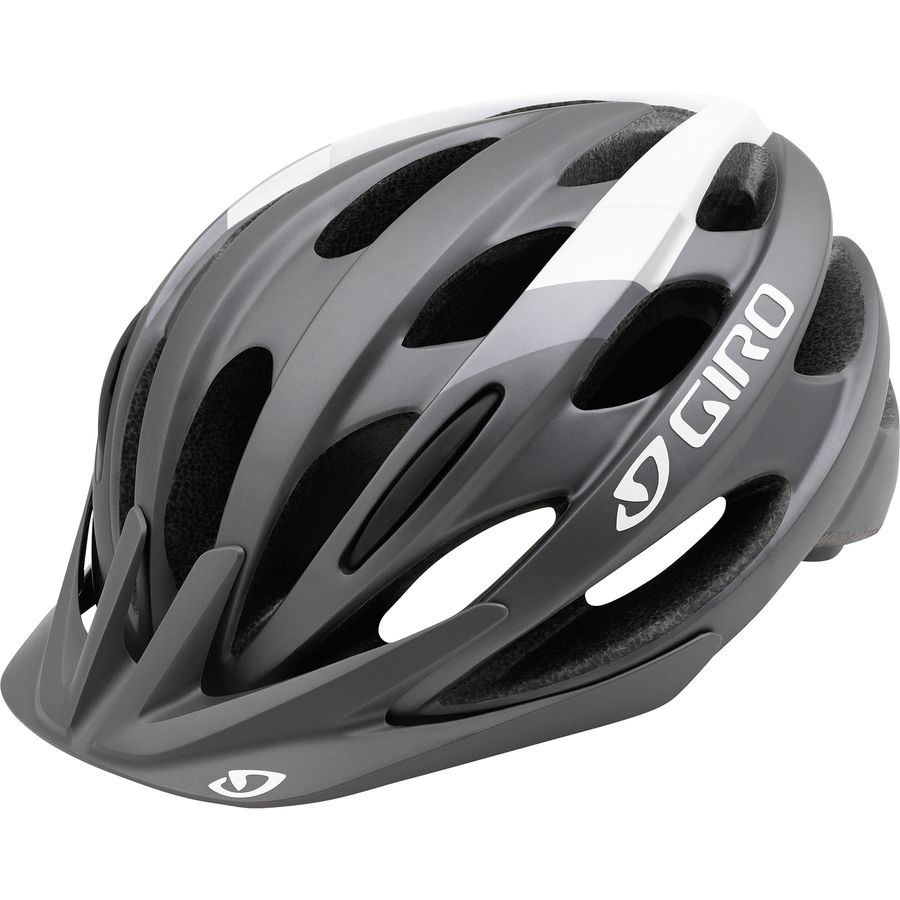7 Things to Look For When Buying a Triathlon Wetsuit
Buying a wetsuit means you’ll have to navigate through a labyrinth of brand marketing and buzzwords in order to make a selection that’s right for both your ambitions and, not to mention, your budget. While there are plenty of wetsuit options for experience, expert triathletes, the majority of wetsuits sold are geared more toward beginner … Read more















